Skeleton Flower Facts
- Most notably, this lovely and rather interestingly named plant goes by the common name of the Skeleton Flower. Also known by the scientific name of the Diphylleia grayi, it represents a fascinating and extraordinary plant genus.
- Additionally, it also carries with it a truly remarkable secret. Due to the quite unique chemical composition of its pigmentation, an incredible transformation quickly occurs when the petals become wet.
- That fact holds true because the pigmentation of the flower itself rapidly fades away. Therefore, the already delicate-seeming petals actually become almost completely transparent, thus the common name.
- Finally, once these completely dry, the petals of the Skeleton Flower undergo yet another incredible transformation. At this time, they once again regain their original coloring, completing the breathtaking transformation.
Related Articles
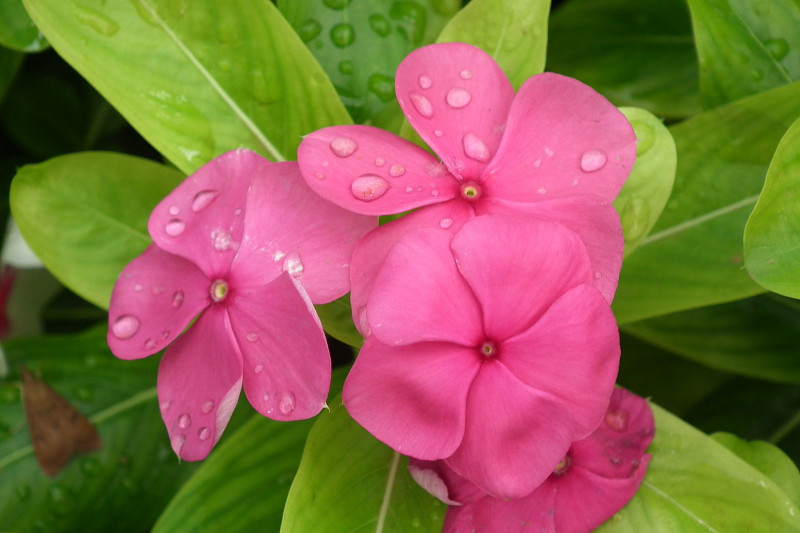
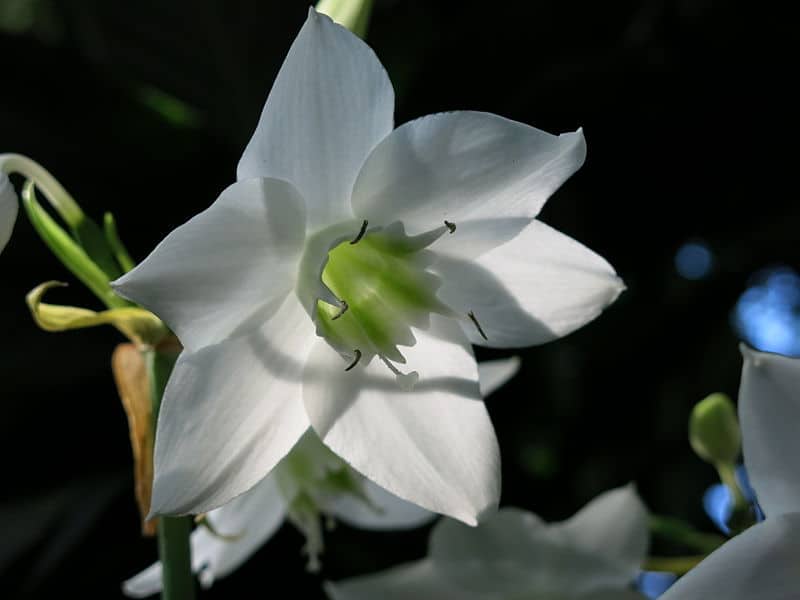
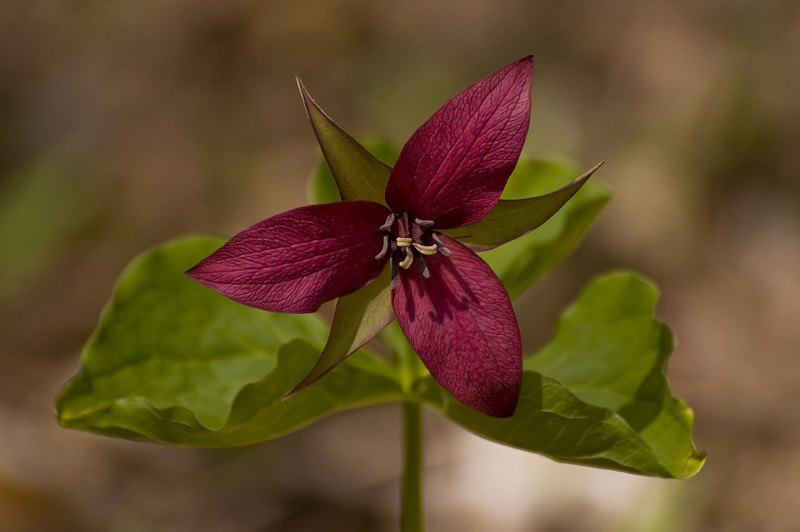
Skeleton Flower Physical Description
First of all, the truly amazing Skeleton Flower evolved as a deciduous perennial that dies in winter. Also, it develops comparatively large, umbrella-shaped leaves. In addition, these leaves typically appear topped with clusters of the unique blooms.
Furthermore, in summer the petals of this fascinating species rapidly fall away. But not to worry, because Nature quickly replaces them. At that time, the remarkable plant develops copious quantities of bright blue colored berries.
However, despite its otherwise remarkable nature, it remains only an average sized plant of its type. That’s because the visually stunning angiosperm generally attains a height of about 15.75 in (40 cm) and a width of just over 3 ft (1 m) across.
- Kingdom: Plantae
- Phylum: Angiosperms
- Class: Eudicots
- Order: Ranunculales
- Family: Berberidaceae
- Genus: Diphylleia
- Species: D. grayi
Skeleton Flower Distribution, Habitat, and Ecology
The rather awesome Skeleton Flower evolved as endemic solely to a specific portion of the continent of Asia. Further, within that region, it primarily grows naturally in the colder regions of what now constitutes the countries of China and Japan.
However, an incredible mystery also surrounds this incredible plant that experts have no explanation for. Members of the genus also appear in isolated portions of the Appalachian Mountains of the United States, in North America.
Additionally, it also displays a decided preference in its choice of habitats, much as many other species do. As a result of this selectivity, the Skeleton Flower primarily appears in areas consisting of rather moist, wooded mountain regions.
This truly visually distinctive and remarkable species also evolved to bloom later than some related species. That fact holds true because it typically produces its lovely flowers in the later portions of spring, and through early summer.
Finally, and not surprisingly, the lovely flowering plant also remains quite sensitive to sunlight. In fact, it flourishes best in shaded areas, with little or no direct sun. It also thrives better in regions of moderate temperature extremes.
Species Sharing Its Range
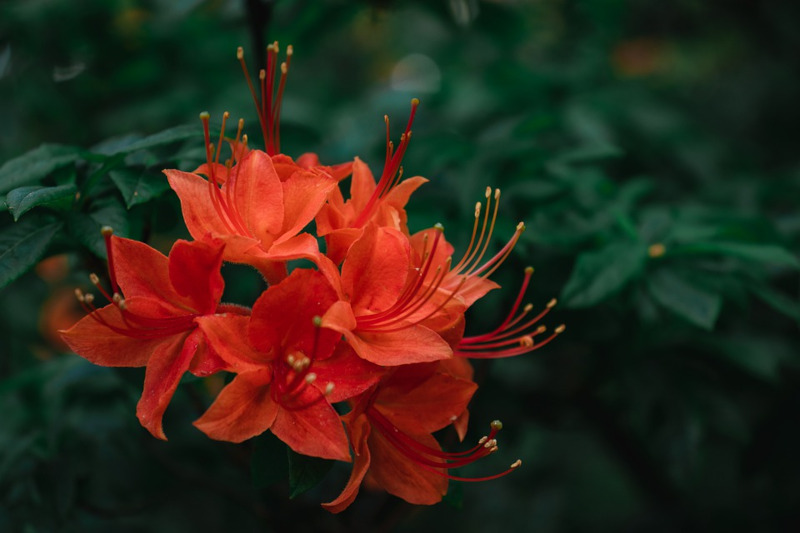
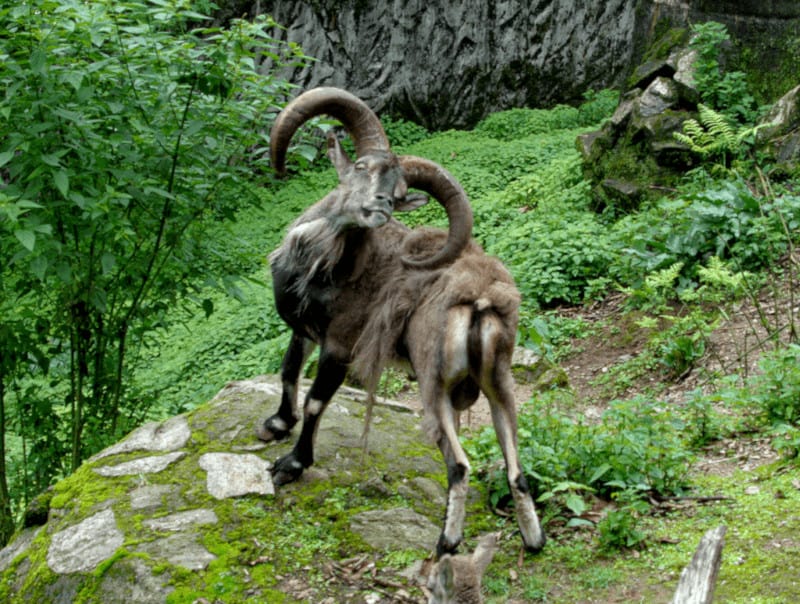
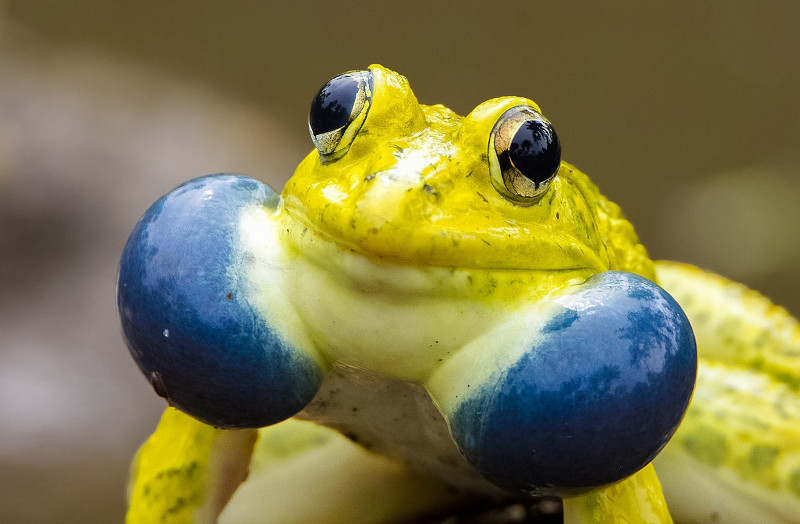
Check out our other articles on 7 Amazing Australian Species, Orchis Italica, Tiger Rattlesnake, Christmas Heliconia, Shark Bay, Indian Pipes, Himalayan Blue Poppy, Parrot Flower, Japanese Hare
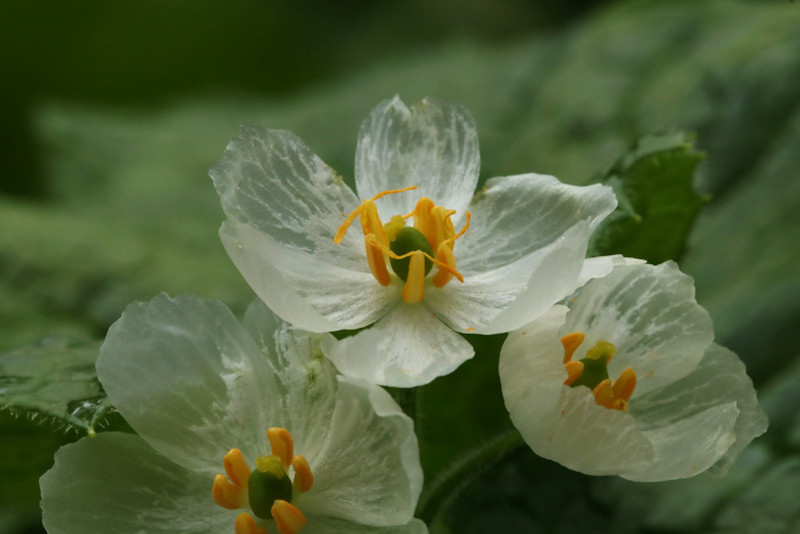
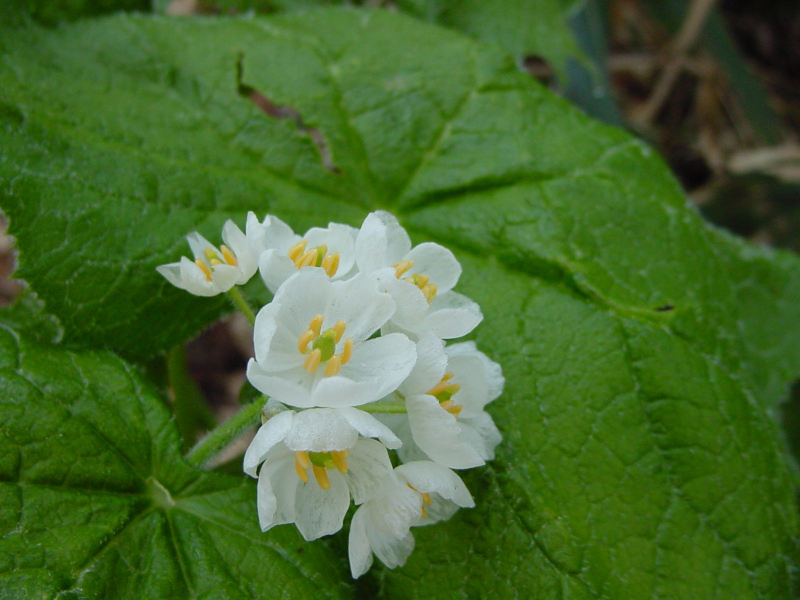
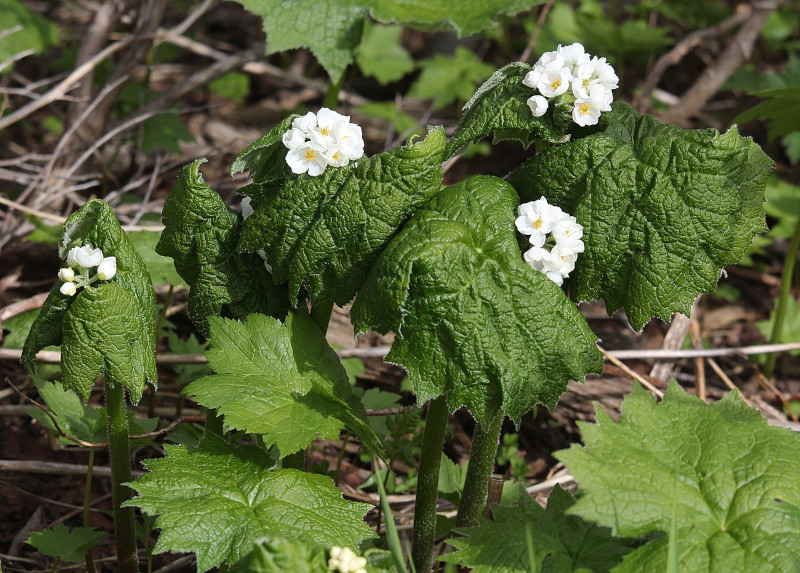









I want to know why it does this transformation? How does this work to make it more able to survive?
I want to know how large the blossoms of the skeleton flowers are, not how large the plant is.
Where can I buy this plant in the US.
The seeds can be purchased online. Here is a link: https://www.amazon.com/Transparent-Flower-Delicate-transparent-Amazing/dp/B01GPSIP9S